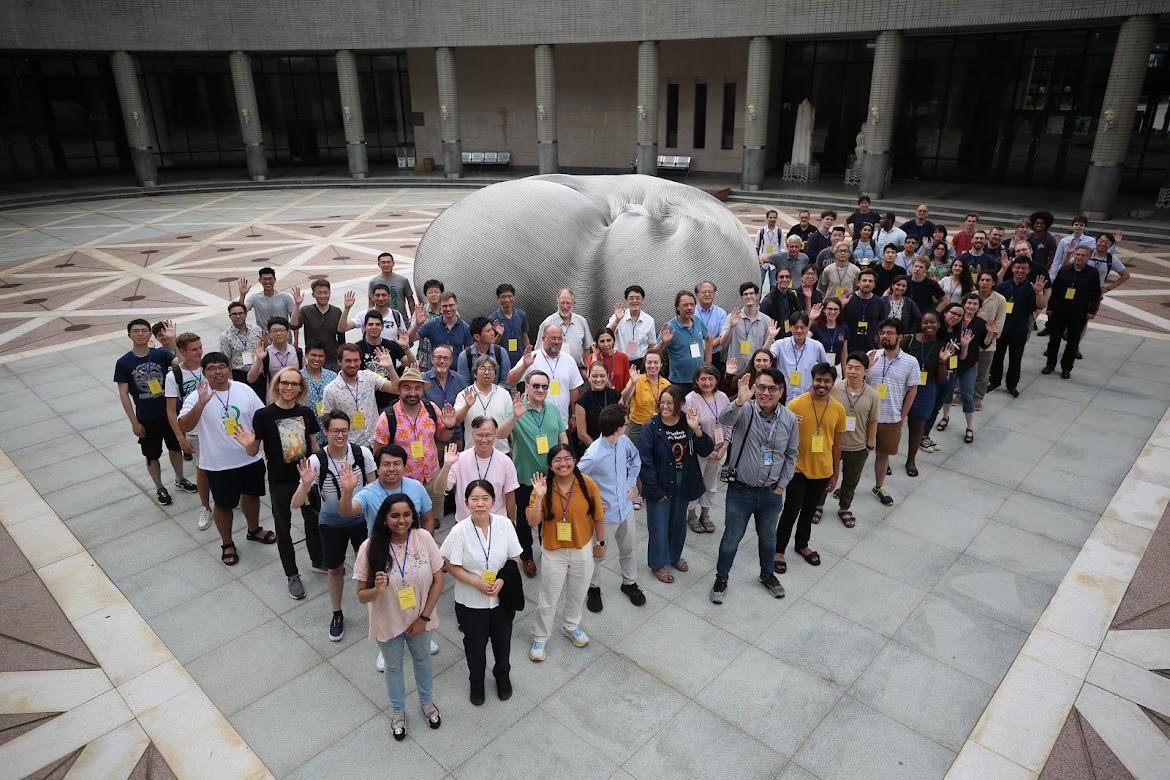UNAM will host the annual meeting of the Event Horizon Telescope (EHT) collaboration from May 19 to 24 in Mexico City. This gathering of around 100 researchers and students from 15 countries will take place at the Postgraduate Unit at UNAM’s main campus, University City.
In the Event Horizon Telescope collaboration there are several working groups that approach different tasks. At the annual meeting, these different groups meet to discuss their achievements and challenges, so the collaboration as a whole can make significant progress.
Although only members of the EHT collaboration can participate in this meeting, two public events will be held in parallel at UNAM: a seminar for graduate students and academics by Sera Markoff, professor of astrophysics at the University of Amsterdam, and a discussion for the general public (in Spanish) to be held at the Universum museum on Wednesday, May 22 at 1:00 p.m., between Luis Felipe Rodríguez from the Institute of Radio Astronomy and Astrophysics (IRyA), Miguel Alcubierre from the Institute of Nuclear Sciences, both at UNAM, Gisela Ortiz León from the National Institute of Optical and Electronic Astrophysics (|INAOE), and Sandra Bustamante from the University of Massachusetts Amherst.
Attendees to the collaboration meeting come from academic institutions in Brazil, Canada, China, France, Germany, Italy, Japan, Korea, Netherlands, Portugal, Spain, Taiwan, United Kingdom, United States and Mexico. Some of these institutions are the Academia Sinica Institute of Astronomy and Astrophysics, Harvard University, the Max Planck Institute for Radio Astronomy, the Massachusetts Institute of Technology, Princeton University, Radboud University, the Shanghai Astronomical Observatory, the University of Amsterdam, INAOE and UNAM.
The 2024 meeting of the EHT collaboration is organized by the IRyA and the Institute of Astronomy (IA) at UNAM, who would like to thank the Postgraduate Unit for providing its facilities, as well as the Secretariat of Institutional Development and the Coordination of Scientific Research for their support.
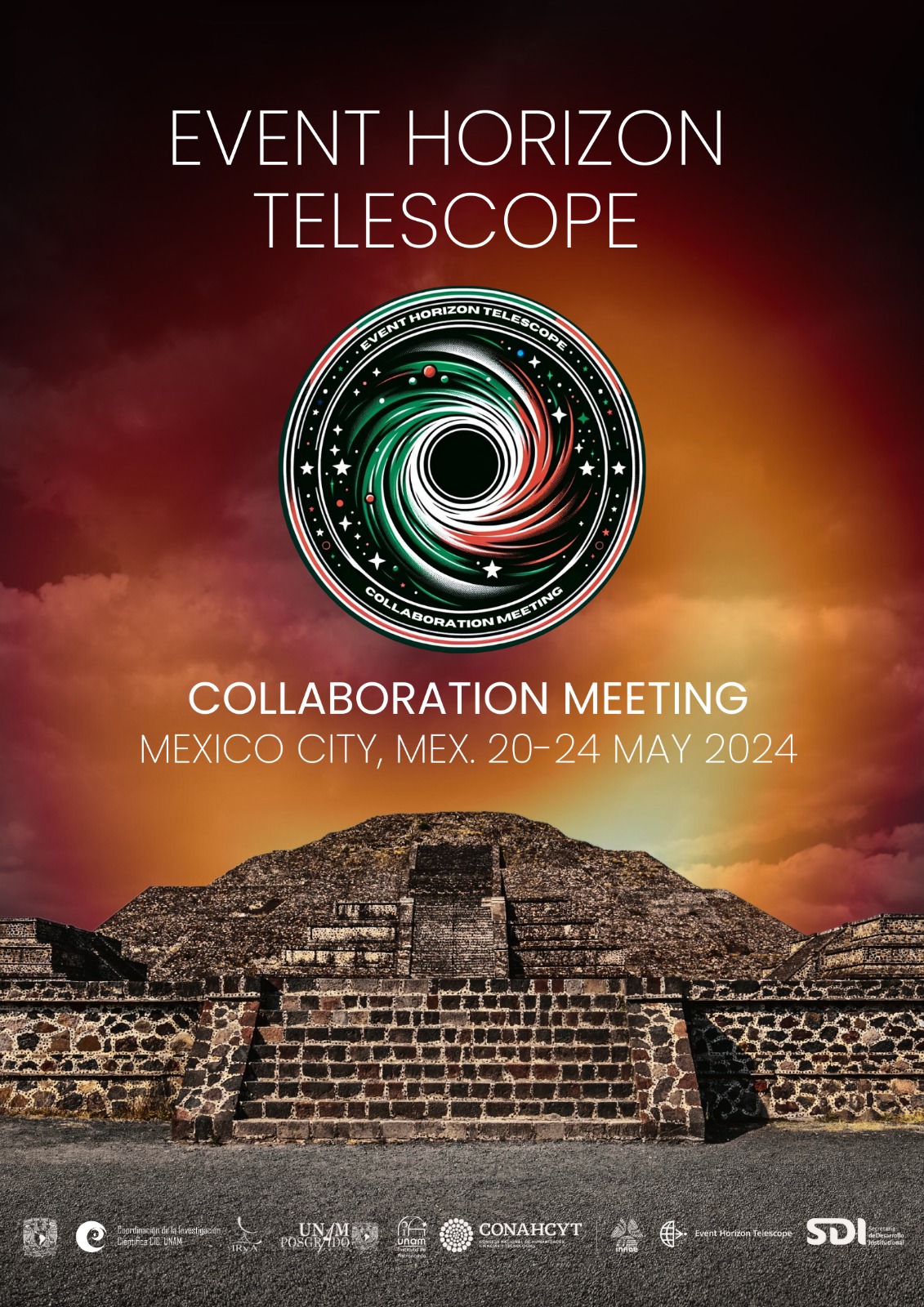
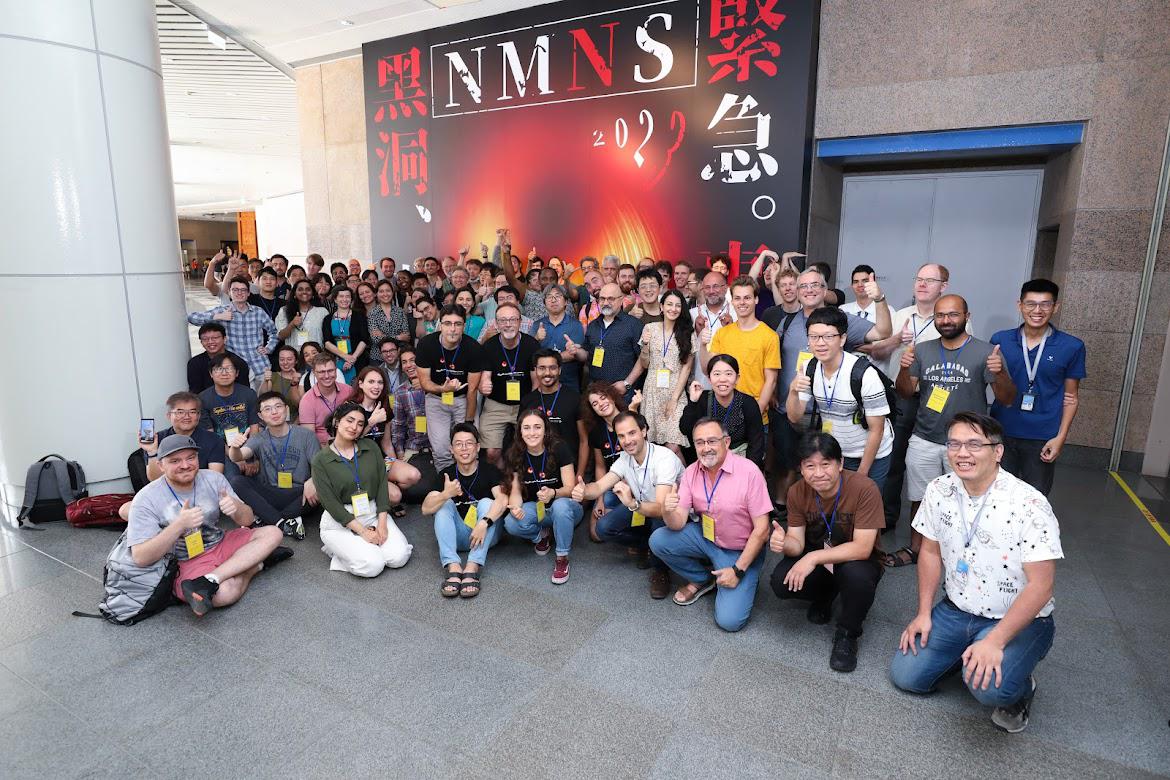
Mexico in the Event Horizon Telescope
The Alfonso Serrano Large Millimeter Telescope, located on the Sierra Negra volcano in the state of Puebla, is one of the radio wave observatories that participates in the Event Horizon Telescope. It is maintained by the National Institute of Astrophysics, Optics and Electronics (INAOE) and the University of Massachusetts. The Mexican community that participates in the EHT collaboration includes at least 10 people in foreign or national institutions, such as the IRyA and IA, both at UNAM, and the INAOE.
More Information about the EHT
The EHT collaboration involves more than 300 researchers from Africa, Asia, Europe, and North and South America. The international collaboration is working to capture the most detailed black hole images ever obtained by creating a virtual Earth-sized telescope. Supported by considerable international investment, the EHT links existing telescopes using novel systems — creating a fundamentally new instrument with the highest angular resolving power that has yet been achieved.
The individual telescopes involved in the EHT in April 2017, when the observations were conducted, were: the Atacama Large Millimeter/submillimeter Array (ALMA), the Atacama Pathfinder EXperiment (APEX), the Institut de Radioastronomie Millimetrique (IRAM) 30-meter Telescope, the James Clerk Maxwell Telescope (JCMT), the Large Millimeter Telescope Alfonso Serrano (LMT), the Submillimeter Array (SMA), the UArizona Submillimeter Telescope (SMT), the South Pole Telescope (SPT). Since then, the EHT has added the Greenland Telescope (GLT), the IRAM NOrthern Extended Millimeter Array (NOEMA) and the UArizona 12-meter Telescope on Kitt Peak to its network.
The EHT consortium consists of 13 stakeholder institutes: the Academia Sinica Institute of Astronomy and Astrophysics, the University of Arizona, the University of Chicago, the East Asian Observatory, Goethe-Universitaet Frankfurt, Institut de Radioastronomie Millimétrique, Large Millimeter Telescope, Max Planck Institute for Radio Astronomy, MIT Haystack Observatory, National Astronomical Observatory of Japan, Perimeter Institute for Theoretical Physics, Radboud University and the Smithsonian Astrophysical Observatory.
EHT webpage: eventhorizontelescope.org
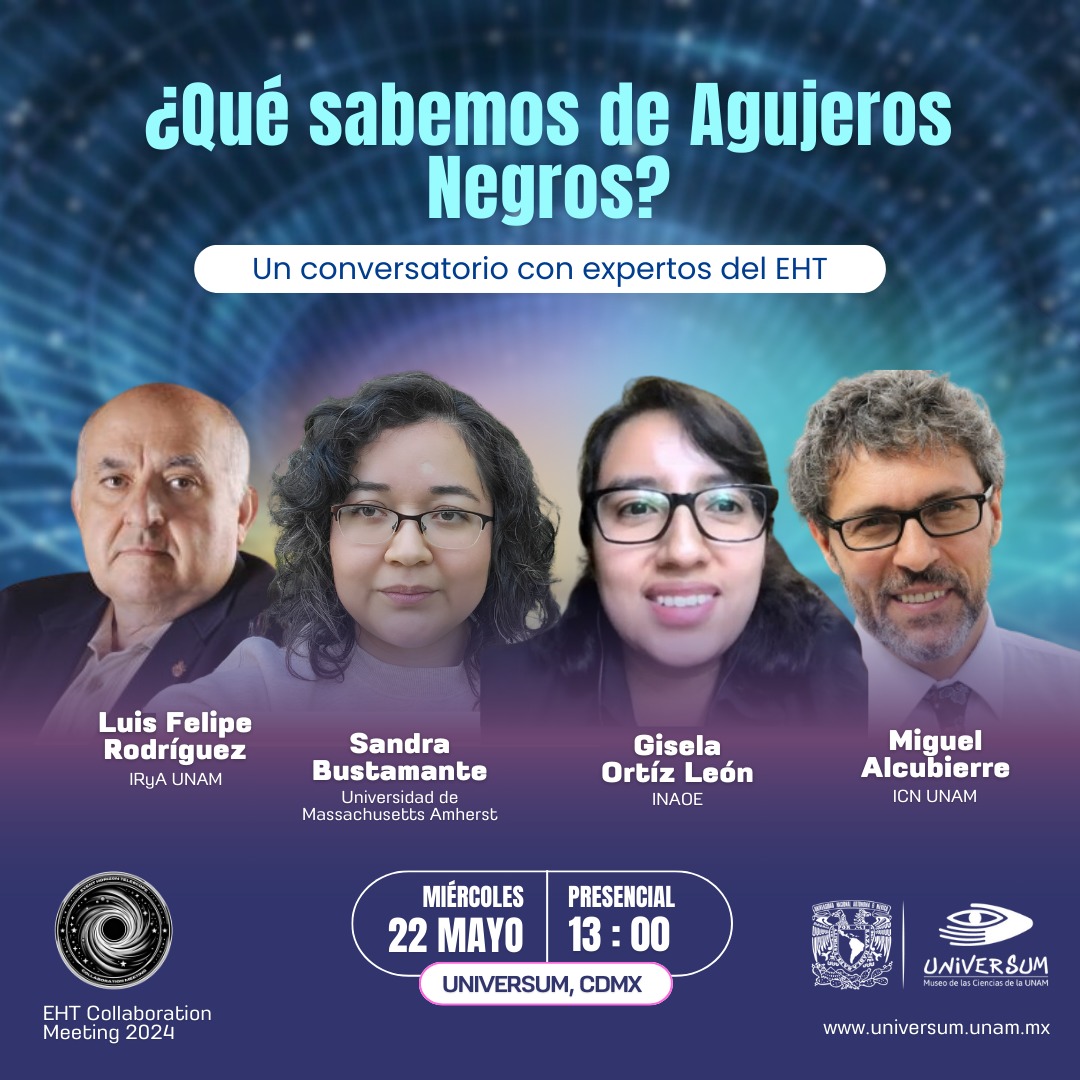
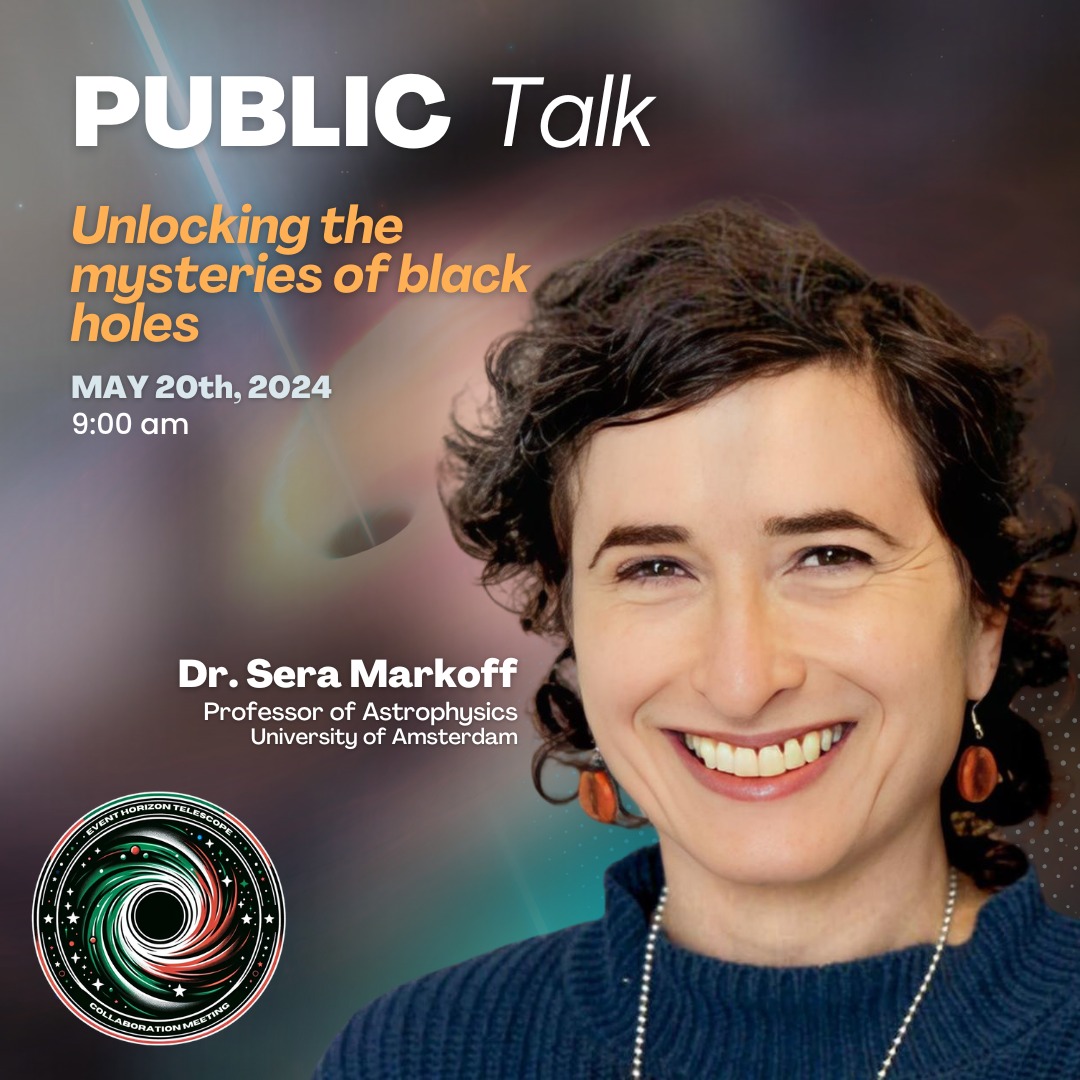
EHT Collaboration contact at IRyA
Laurent Loinard
Instituto de Radioastronomía y Astrofísica, UNAM
Morelia, México
Media contact:
Dr. René A. Ortega Minakata
Outreach and Science Communication
IRyA UNAM Campus Morelia
Text: IRyA UNAM
Photos: 2023 EHT Collaboration meeting in Taiwan. Credits: EHT Collaboration
Images: Posters for the 2024 EHT Collaboration meeting in Mexico City and parallel public activities. Credits: EHT Collaboration


